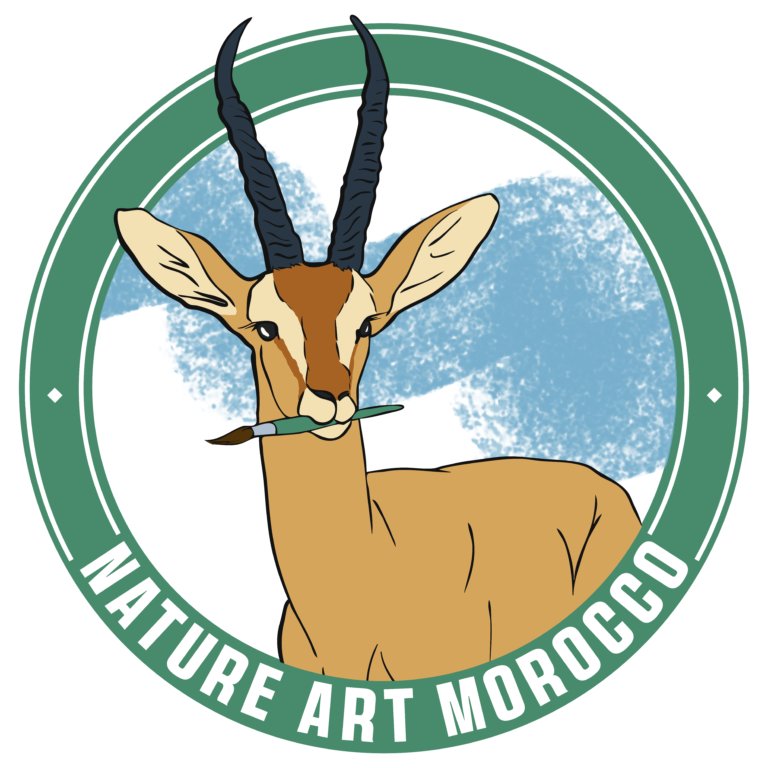
Wood Pigeons are making themselves at home in Rabat’s parks, their behavior evolves, impacting both the ecosystem and birdwatching opportunities in the city’s green spaces.
In recent years, the Common Wood Pigeon, once primarily a bird of forests and countryside, has become more and more frequent in Rabat’s green spaces, slowly but surely becoming a familiar sight in the city. Much like the urban-dwelling city pigeons, these once-wild birds are now adapting to life in parks and gardens, finding new opportunities in the heart of our human-dominated landscape. The rise of these pigeons invites us to rethink the relationship between cities and the wild, and how species find new homes in unlikely places.
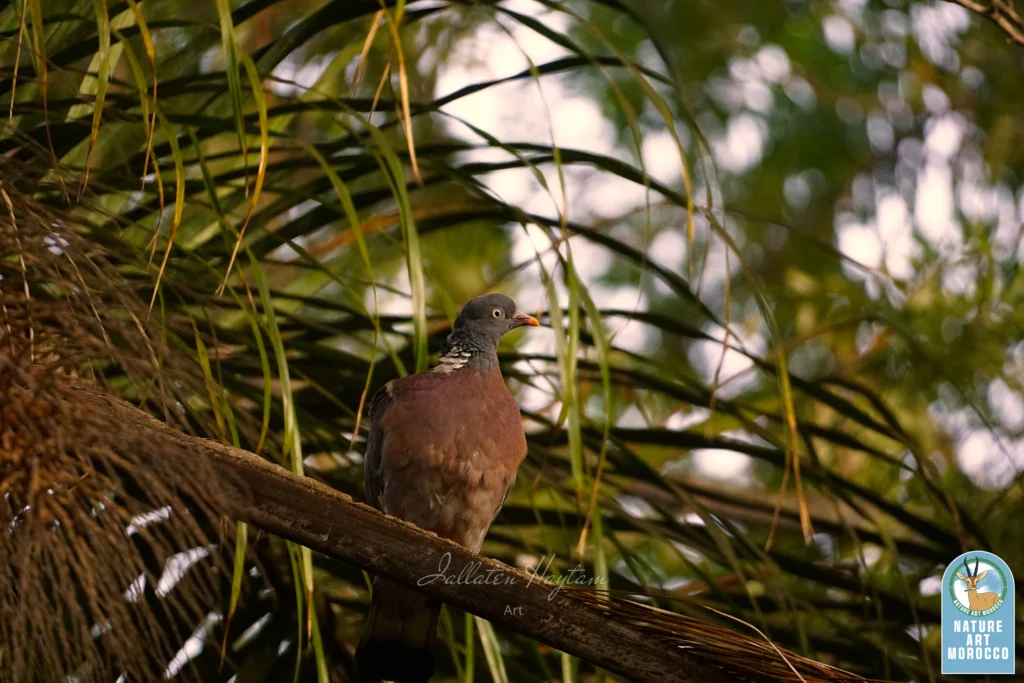
Wood Pigeons have gradually expanded into Rabat’s urban areas, finding new homes in green spaces such as the “Jardin d’Essais” and the “Forêt Urbaine Ibn Sina.” These once forest-dwelling birds have adapted to city life, showing a noticeable shift in their behavior. In contrast to their wary nature in the wild, where they tend to keep a safe distance from humans, Wood Pigeons in Rabat have become much more comfortable around human activity. They can often be seen calmly foraging on grass or resting in close proximity to park visitors, making it significantly easier to approach and observe them in the city’s parks compared to their natural habitats. This shift reflects their growing adaptability to urban environments.
This year-round availability of wood pigeons represents a great opportunity for beginner birders, nature enthusiasts, and artists to observe these birds up close. Their growing comfort around people makes them easy to spot and study, especially for those new to birdwatching. This also presents a great chance to practice identifying and comparing them to other common city birds, like Rock Pigeons, Collared Doves, and the seasonal Turtle Doves. Training your eye to distinguish between these species, noting differences in size, behavior, and plumage, is a rewarding exercise that sharpens your observation skills and deepens your appreciation for urban wildlife
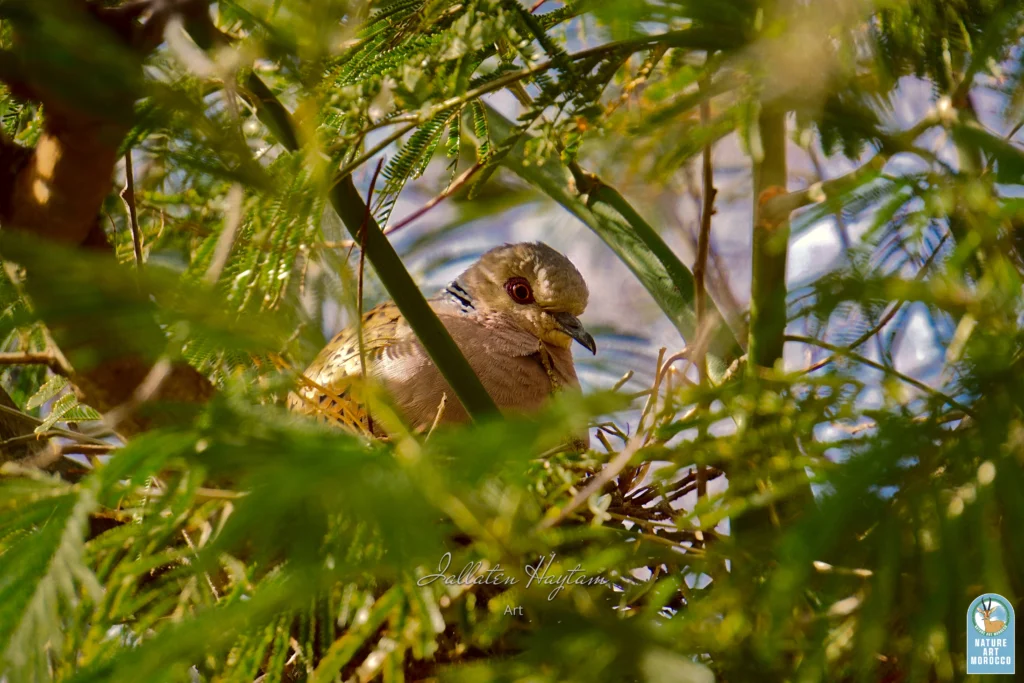
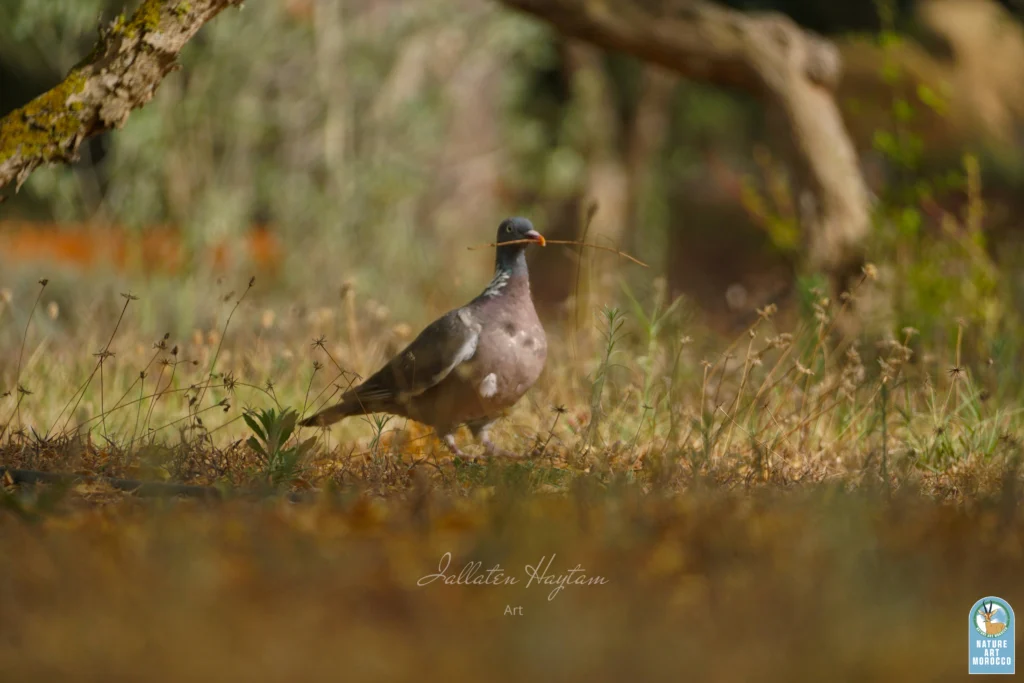

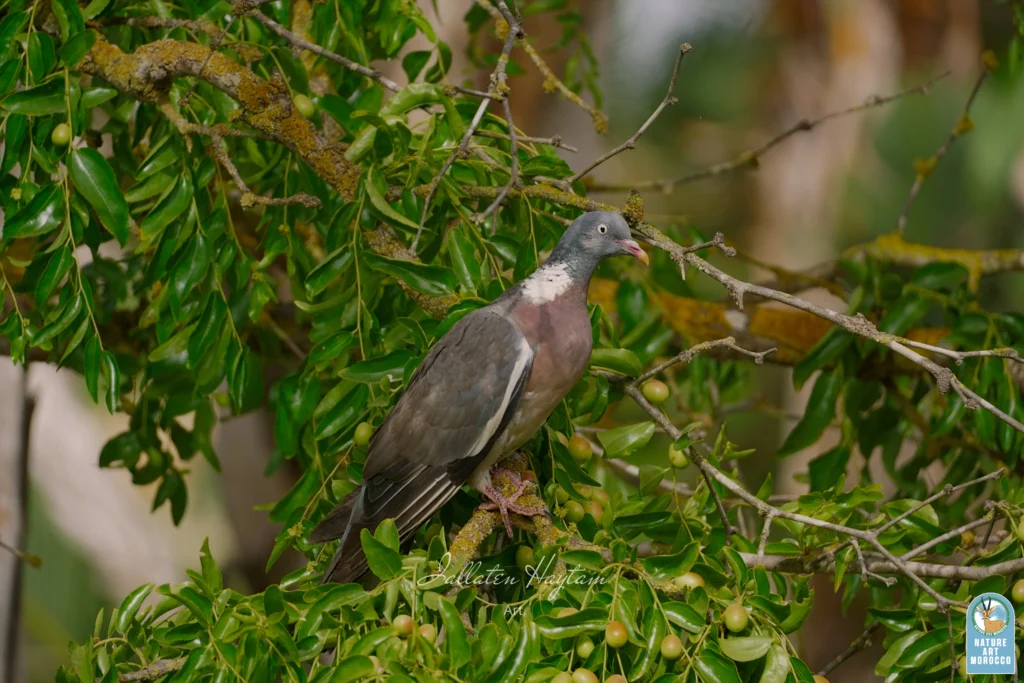
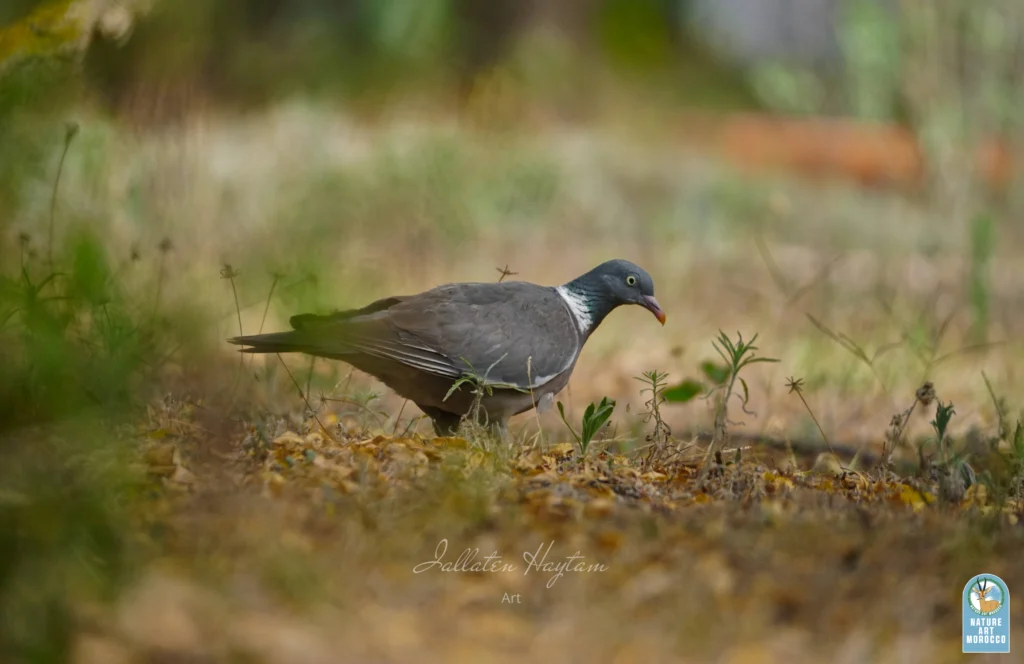
In conclusion, cities are far more than just lifeless concrete jungles, they are dynamic ecosystems filled with complex interactions. As we’ve seen with the Wood Pigeons in Rabat, many life forms are not only occupying these large human-made spaces but also adapting to thrive within them. From birds to insects, these species interact with one another and gradually evolve to better suit their urban surroundings. By learning to live alongside humans, they remind us that cities are vibrant, evolving habitats where nature continues to adapt and flourish, even in the heart of urban life.
